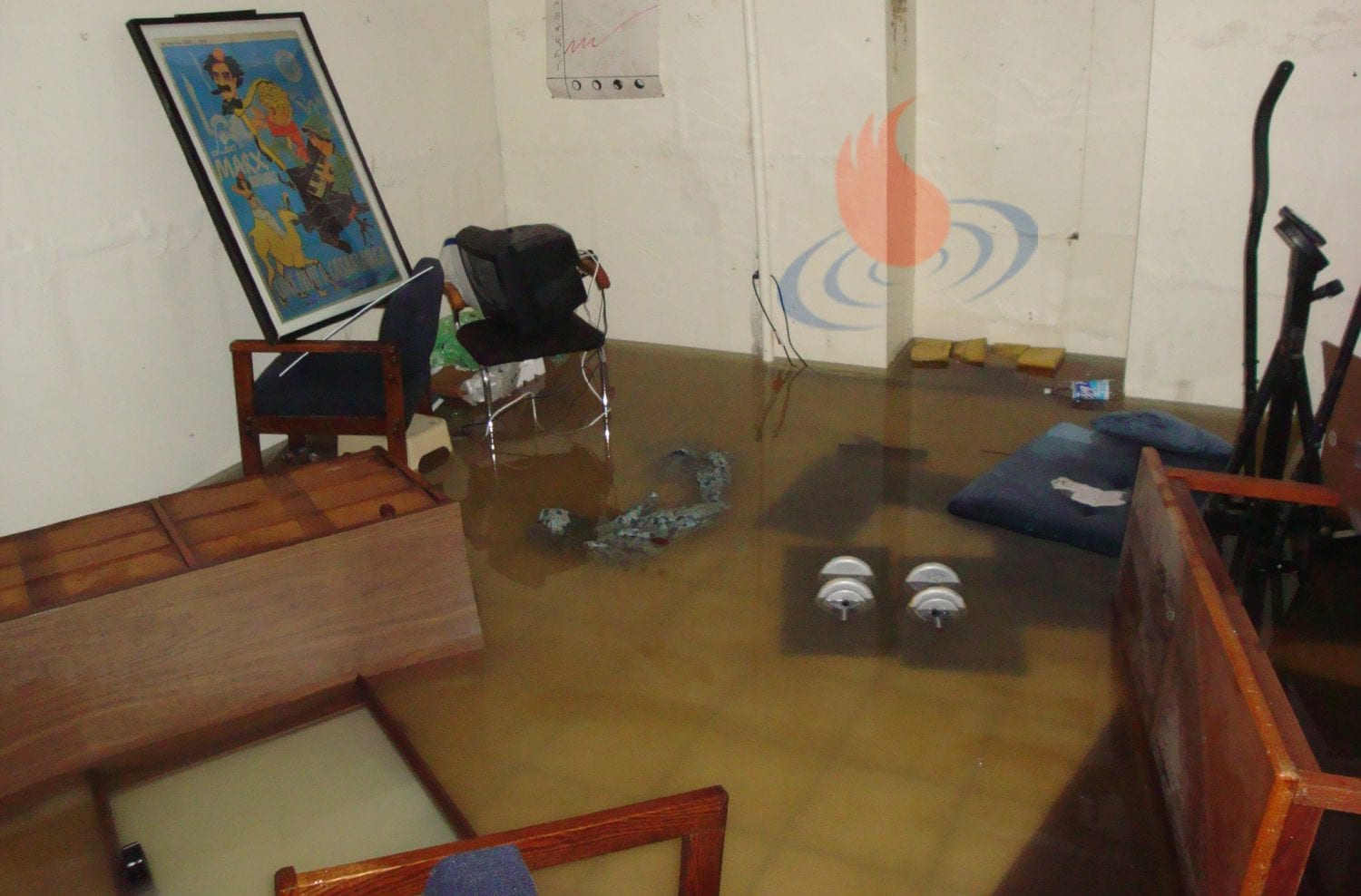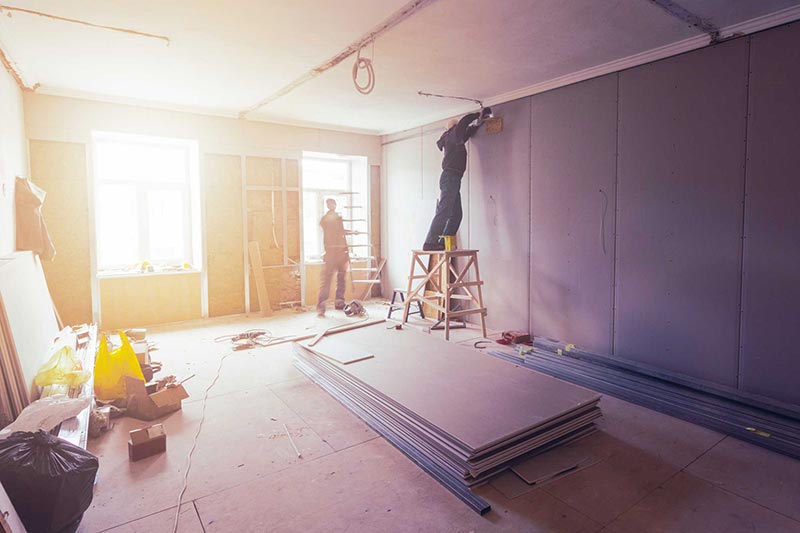
3 Best Water Damage Cleanup Practices
Best Water Damage Cleanup Tip #1
Start with safety. If you find water standing in your home or business; take a deep breath then take stock, make a plan, consider the situation and your resources. At a minimum, review this list of best water damage cleanup practices:
- SHUT OFF the Water Main, Electricity and Gas services in affected areas. If you need to use electric pumps, lighting or other equipment, ensure that power supplies and cores are kept clear of standing water.
- Protect yourself while dealing with the cleanup of water damaged rooms. Sometimes the cause of the damage is not certain, and the water may be hazardous if other contaminants are present. It’s best to side with safety by using protective wear such as boots, gloves and even a mask or respirator.
- Mitigate and Investigate! Next step is to address the damage. Take your smartphone with you to take photographs of contents that are damaged in the area to give to your insurance and keep on file for the restoration process. If this is too much of a clean up project for you to do yourself, call on a Professional Restoration crew to help. Call Us even if you’re not sure if you need us, we can walk you through the process and help you identify any risks, and how to prevent microbial growth.
Best Water Damage Cleanup Tip #2
Find and fix the cause. Maybe it’s a pipe that keeps freezing and breaking every winter or water simply filling up in the window well or the water table being so saturated after weeks of rain that there is no place for it to go but up, and in through your basement floor. Identify the source to fix, and stop the cause. Do you have a plumber you have used before and trust? If not, call us – we have a few we can call for you.
Best Water Damage Cleanup Tip #3
Don’t wait to mitigate! Every reputable disaster company will tell you the same thing about water damage: The faster you get it cleaned up, the less it will cost to repair your property. Here are the best water damage cleanup practices to help you speed up the process:
- Use ventilation to help dry your property. If the weather is warm and dry enough, open windows and get air moving through the water damaged area to help dry it out fast. Ensure safe handling of electrical cords and equipment when dealing with water.
- Remove wet materials such as contents, and especially carpet pad to allow the area to dry faster. If the water damage is from clean water you can save the carpet, however, the pad is acting like a sponge and is best to remove and replace.
- If there is a lot of water standing, consider calling a professional water damage cleanup company to extract it with truck-mounted pumps that can remove hundreds of gallons of water per minute, vastly reducing drying time. If it’s not that much water then use a home shop vac to remove the water or even bath towels to soak it all up, and pump some heat in the area to dry wet floors.
- After the water is extracted, it’s time to dry! Regular house fans won’t do the trick. Go to a national home improvement store that rents air movers, or snail fans in the contractor section. These industrial style fans will provide more direct air movement to the area affected. Leave the fans on for three days, or until completely dry.
- Got baseboards? Finished basements can be prime haven for microbial growth after a water damage. Pull (and save) the baseboards, drill holes into the bottom of the drywall to allow air into the wall cavity for drying. Replace the baseboards when dry to cover up the holes.
No one ever wants to deal with Water Damage. Cold temperatures can create havoc when you are not home and leave your thermostat too low. Remember what you set the thermostat to is the temperature it reaches in the middle of your home. Some homes see a temperature drop of 10 degrees by the time it reaches outside walls.
WHEN YOUR PIPES FREEZE – Follow these steps to prevent damage:
- Turn off your water main to minimize damage if the pipe does break.
- Open the faucets to the pipe that is frozen allowing the water to thaw and drip out.
- Run some heat in the room where you have pipes exposed or turn up the heat in the home.
Consider these best water damage cleanup prevention practices:
- Before harsh winter weather hits make sure that exposed pipes in crawl spaces, attics, basements and outbuildings are insulated. During the cold snaps, open interior faucets slightly (drip) and leave under sink cabinets open to circulate heated air around plumbing.
- Winter snow melt can make a mess during spring time. Check outside to make sure water can be routed away from your home’s foundation walls. Clear drainage areas, ensure that gutters are clear and downspouts extend out at least 6 feet from the home. Check basement sump pumps for automatic operation, monthly. Consider replacing sump pumps that are more than 10 years old, and place a sump pump inside window wells that fill up typically year in and out.
Bonus Tip: Call Professional Restoration for Excellence in Water Damage Cleanup
Time is money when water is standing in your home or business. We know your day may have just taken a bad turn when your property is damaged, but the good news is that Denver water damage experts at Professional Restoration have the experience and equipment to get the job done fast, get it done right, and save you a lot of peace of mind.
When you need a Free Estimate or FAST Response Call Professional Restoration for excellence in water damage cleanup today.

